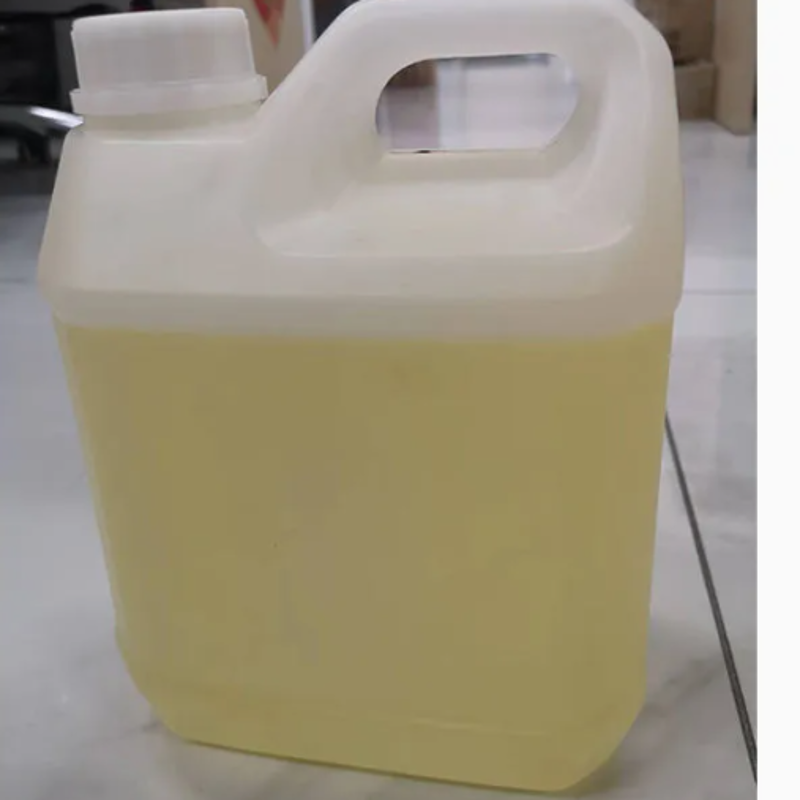-
Categories
-
Pharmaceutical Intermediates
-
Active Pharmaceutical Ingredients
-
Food Additives
- Industrial Coatings
- Agrochemicals
- Dyes and Pigments
- Surfactant
- Flavors and Fragrances
- Chemical Reagents
- Catalyst and Auxiliary
- Natural Products
- Inorganic Chemistry
-
Organic Chemistry
-
Biochemical Engineering
- Analytical Chemistry
-
Cosmetic Ingredient
- Water Treatment Chemical
-
Pharmaceutical Intermediates
Promotion
ECHEMI Mall
Wholesale
Weekly Price
Exhibition
News
-
Trade Service
● Include cradle-to-gate carbon analysis for specific products
● Market comparison shows that intermediate series products have an advantage
BASF has calculated the individual product carbon footprint (PCF) [1] of most of its intermediate products and compared the result with an assessment of the market average carbon footprint of the corresponding third-party products [2]
.
The analysis results show that, thanks to the production setup, the product carbon footprint of BASF's series of intermediates is much lower than the global average product carbon footprint of the corresponding third-party chemicals, which are all fossil-based products
.
BASF currently offers the following products as "Low Product Carbon Footprint (LowPCF)" intermediates:
- Low product carbon footprint: tert-butylamine (tBA)
- Low product carbon footprint: Formic acid (FA)
- Low product carbon footprint: Propionic acid (PA)
- Low product carbon footprint: 1,6-Hexanediol (HDO®)
- Low product carbon footprint: Neopentyl Glycol (NPG)
The product carbon footprint includes the total GHG emissions of BASF products from resource extraction, precursor manufacturing, and finished product output before they leave the factory gate and are delivered to the customer
.
BASF is committed to achieving net zero CO2 emissions by 2050 and is the first major chemical company to provide customers with the individual carbon footprint of all products sold
.
Multiple factors reduce product carbon footprint
Multiple factors reduce product carbon footprintThe carbon footprint of a product depends on a number of factors
.
For example, BASF provides energy through its own gas-fired cogeneration unit, which produces significantly less greenhouse gas emissions than other conventional energy sources
.
In addition, in terms of energy and raw material consumption, BASF's integrated system (Verbund) and continuous efforts in the field of operational excellence make intermediates with low product carbon footprints more efficient in the production process
.
Finally, low-product carbon footprint intermediates typically use oil, natural gas, or integrated by-products rather than coal as the primary feedstock
.
Due to the chemical properties of coal, the use of coal typically results in a higher carbon footprint for downstream products compared to natural gas or oil
.
Dr.
Stephan Kothrade, Global President of BASF's Intermediates Business Unit, said: "The company's CO2 reduction targets are playing an increasingly important role in the value chain we serve
.
Through our low-product carbon footprint intermediates, we Supporting customers in achieving their goals – they can now choose products with carbon footprints well below the global market average
.
By providing customers with carbon dioxide emissions data for individual products, we are also providing unique transparency to the chemical industry
.
”
The intermediate products tert-butylamine (tBA), formic acid (FA), propionic acid (PA), 1,6-hexanediol (HDO), and neopentyl glycol (NPG) are chemical products with a wide range of uses* and are the basis of many everyday products.
Raw materials, including plastics, car tires, deicers, pharmaceuticals, crop protection products, paints and coatings
.
BASF's customers use these products in the textile, automotive, agricultural, pharmaceutical and furniture industries, among others
.







